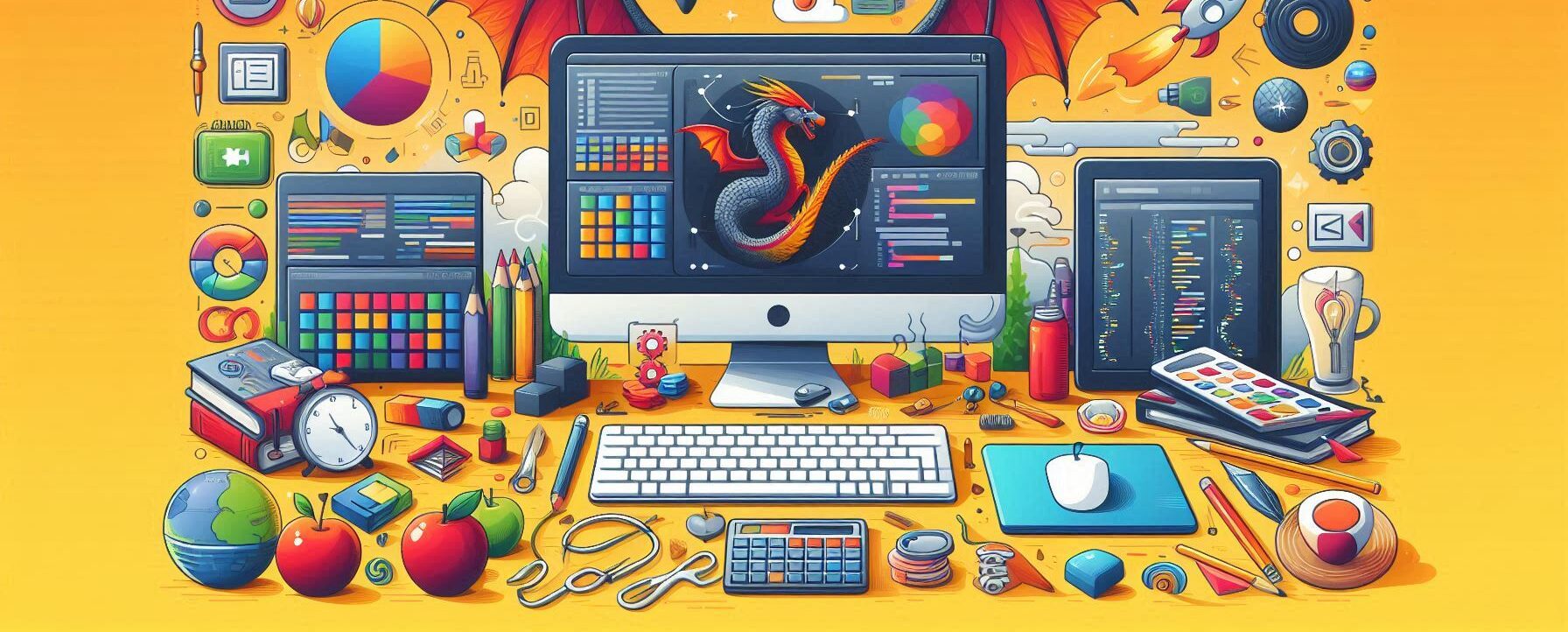The landscape of desktop application development has evolved significantly over the years, with a plethora of programming languages vying for the top spot. Each language offers unique advantages and considerations, making the choice often dependent on specific project requirements and developer preferences. This essay will delve into the five most popular programming languages for desktop application development: Python, Java, C++, C#, and Rust.
Python
Python has emerged as a formidable force in the world of desktop application development. Its simplicity, readability, and extensive library ecosystem make it an attractive choice for both beginners and experienced developers. Python’s cross-platform compatibility, coupled with frameworks like Tkinter and PyQt, allows for the creation of visually appealing and functional desktop applications. Furthermore, Python’s integration with other programming languages and tools enables seamless collaboration and flexibility.
Java
Java, a long-standing and versatile language, remains a popular choice for desktop application development. Its platform independence, robust object-oriented features, and strong community support have solidified its position. Java’s Swing and JavaFX frameworks provide comprehensive tools for building rich user interfaces. Additionally, Java’s extensive ecosystem of libraries and APIs facilitates the development of complex applications, from business software to scientific simulations.
C++
C++, a high-performance language known for its efficiency and control, is often preferred for demanding desktop applications. Its ability to interact directly with hardware and optimize resource usage makes it suitable for tasks such as game development, system programming, and scientific computing. C++’s flexibility and power come at the cost of a steeper learning curve, requiring developers to manage memory allocation and deal with low-level programming concepts.
C#
C#, a modern object-oriented language developed by Microsoft, has gained significant traction in recent years. It is primarily used for developing applications within the .NET ecosystem, but can also be used to create cross-platform desktop applications using frameworks like Electron. C#’s strong typing, garbage collection, and integration with the Windows API make it a powerful tool for building Windows-specific applications.
RUST
Rust, a relatively new language gaining popularity, has garnered attention for its focus on safety, speed, and concurrency. Rust’s ownership system helps prevent common programming errors, while its performance characteristics make it suitable for high-performance applications. Rust’s growing ecosystem and community support are also contributing to its adoption as a viable choice for desktop application development.
In conclusion, the choice of programming language for desktop application development depends on various factors, including project requirements, developer expertise, and desired features. Python offers simplicity and cross-platform compatibility, Java provides platform independence and a rich ecosystem, C++ excels in performance and control, C# is well-suited for Windows development, and Rust prioritizes safety and speed. Ultimately, the best language is the one that aligns with the specific needs and goals of the project.
